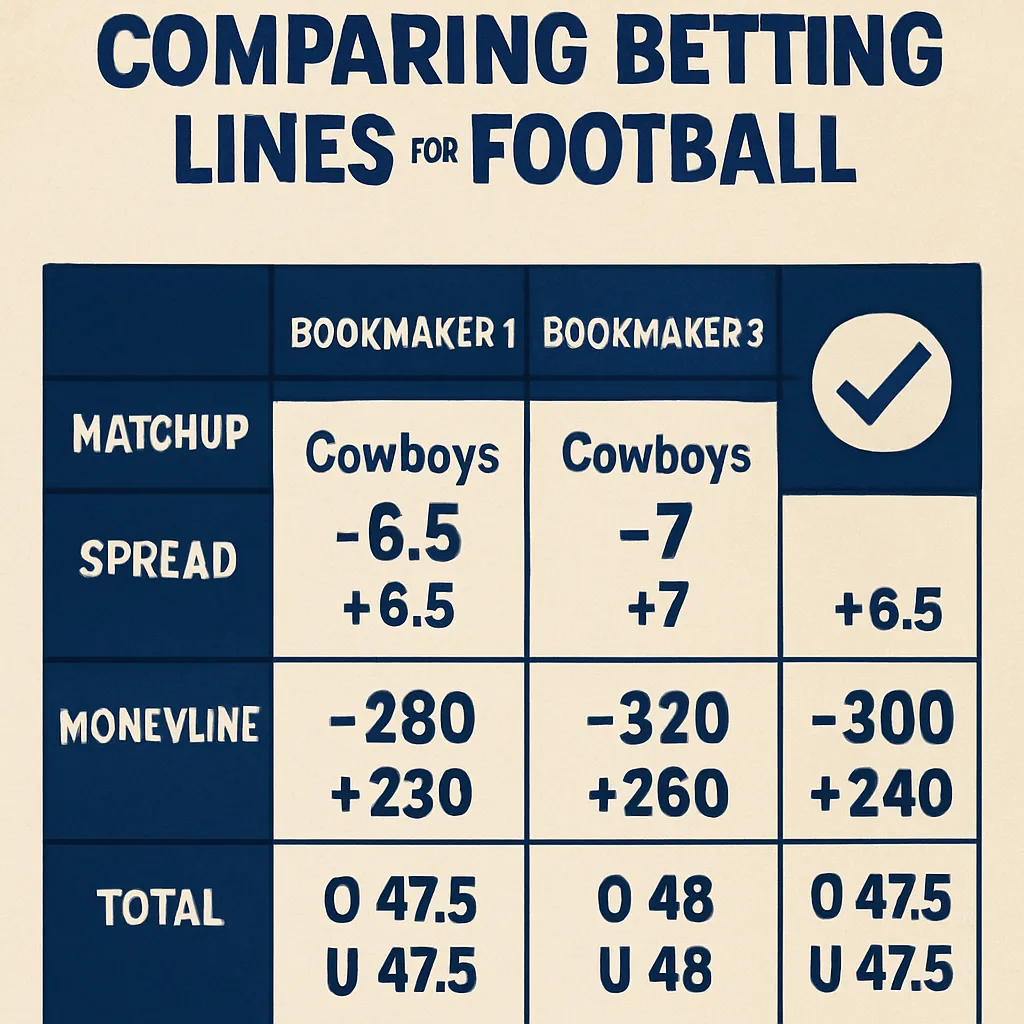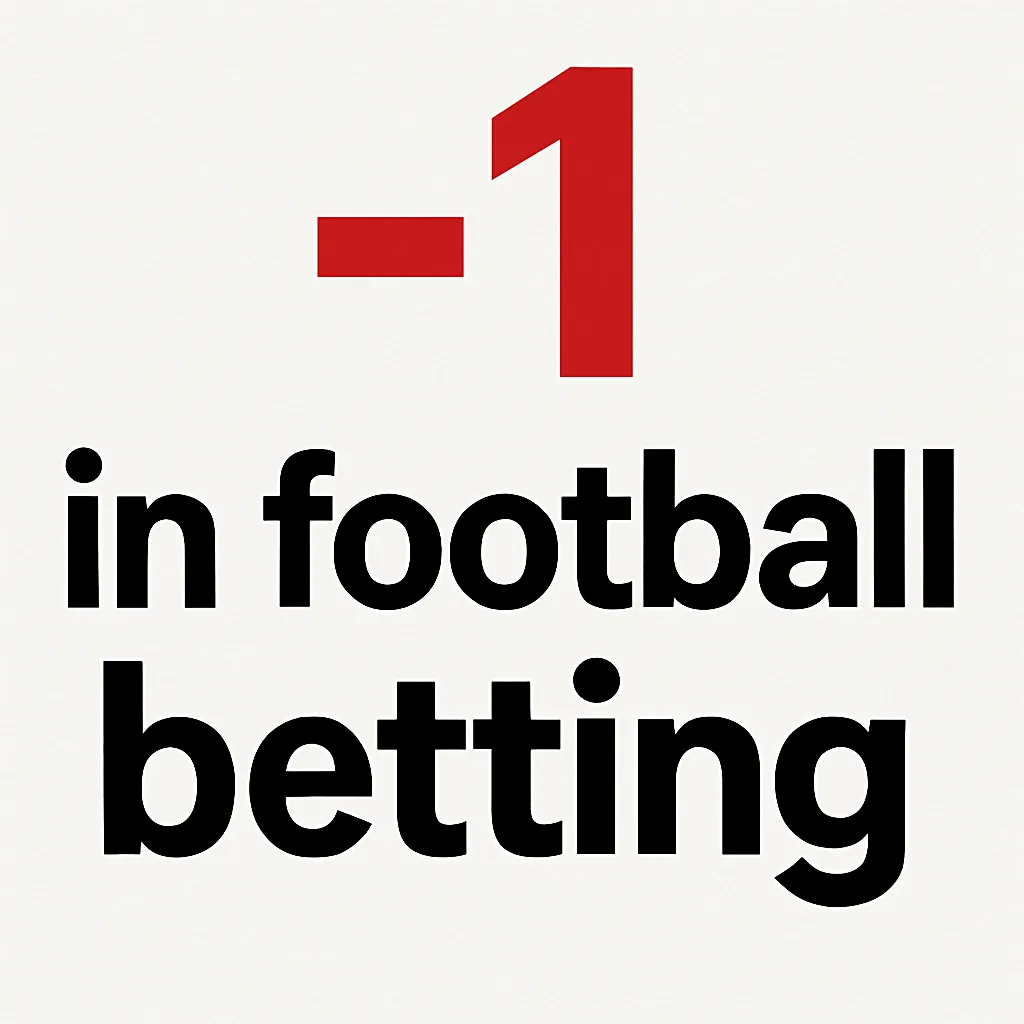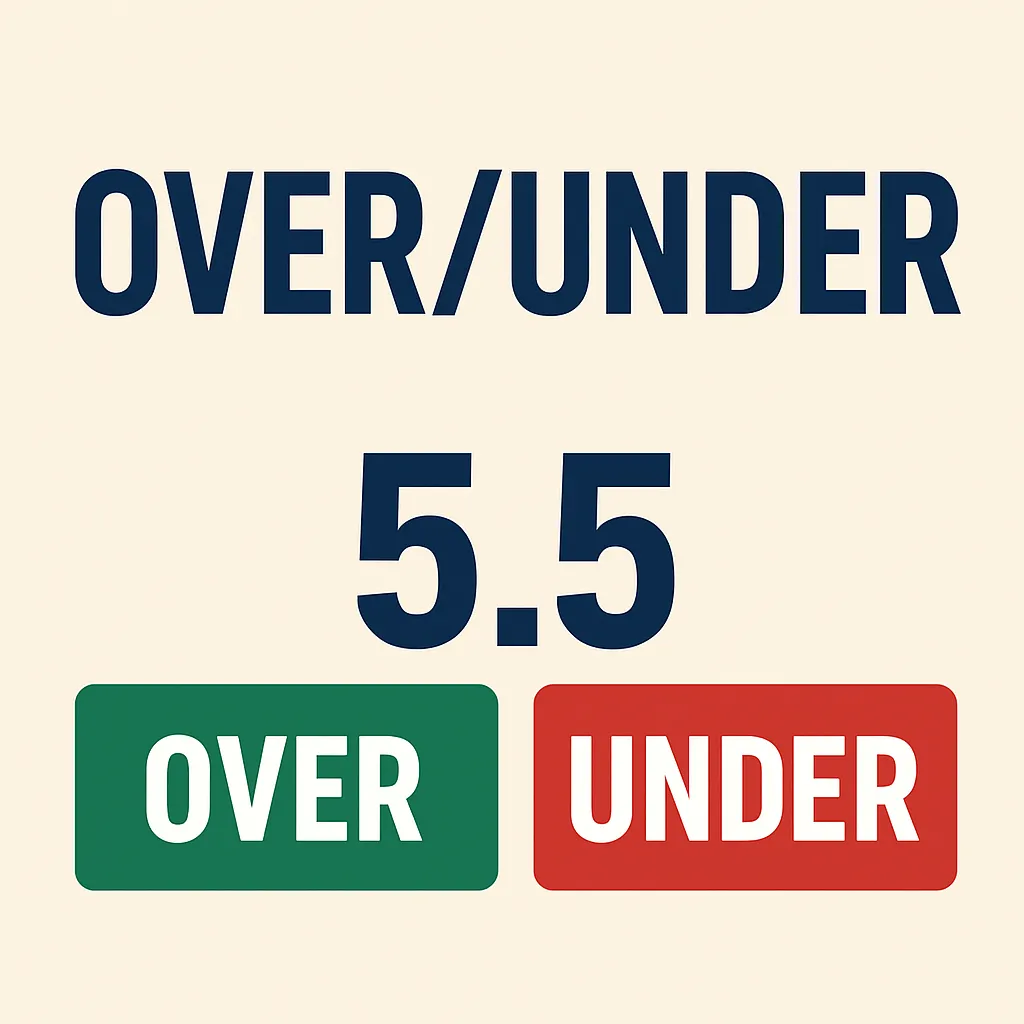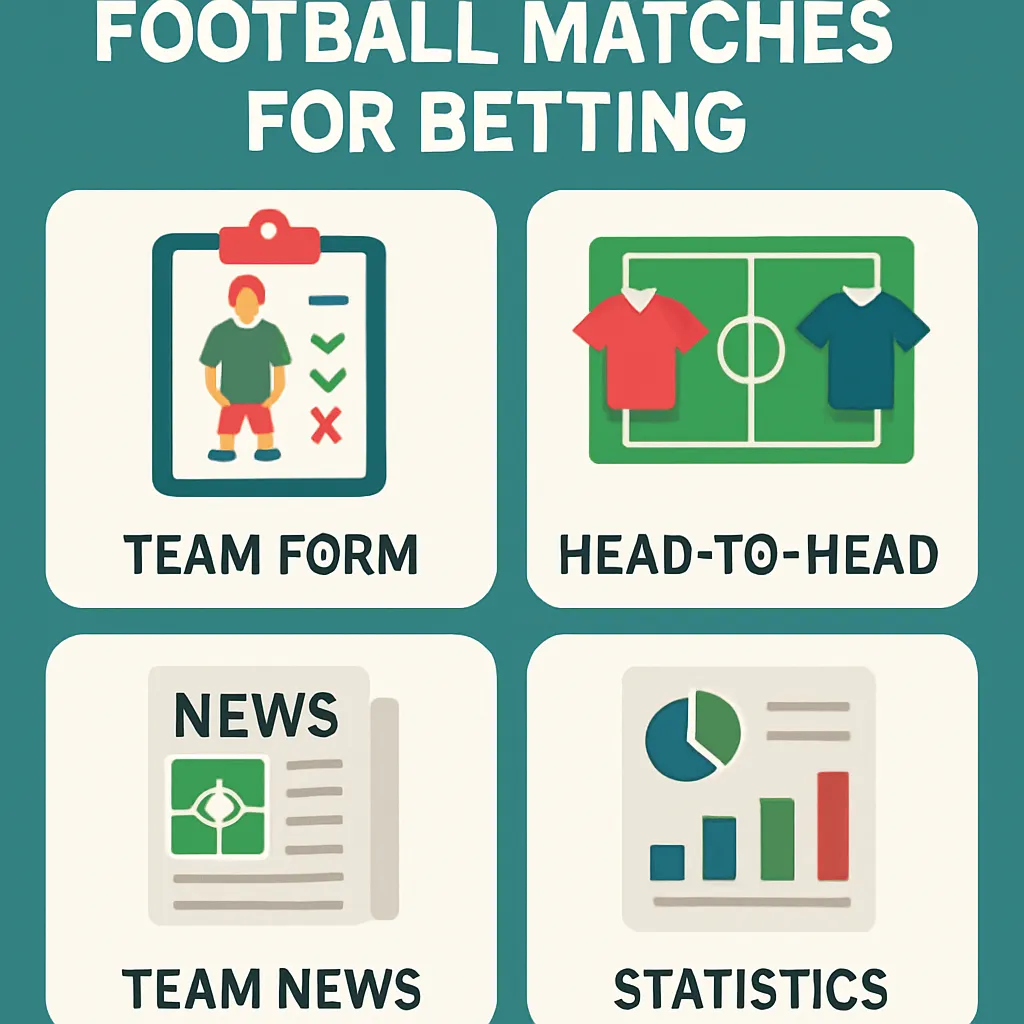Betting lines are the set of published odds that a bookmaker offers on a particular football match or market. They represent the bookmaker’s assessment of the probability of various outcomes, adjusted to include their margin or “vig.” Each line aims to balance the book, encouraging equal action on both sides so the bookmaker secures its profit regardless of the result. Lines are dynamic and can shift due to incoming bets, public perception, team news, and other market forces. For example, if heavy money comes in on one side of a spread, the bookmaker may move the line to encourage bets on the opposite side. Understanding how lines are set helps bettors identify discrepancies between bookmakers and exploit arbitrage opportunities.
Different Types of Betting Odds (American, Fractional, and Decimal)
Odds formats vary regionally and by bookmaker. In the United States, American odds are most common and appear as positive or negative numbers indicating how much profit you make on a $100 stake or how much you must stake to win $100. Fractional odds, popular in the UK, express profit relative to stake (e.g., 5/1 means you win $5 on a $1 bet). Decimal odds, widely used in Europe and Australia, show the total return including stake per unit bet (e.g., 6.00 means $6 returned per $1 staked). Being fluent in all three formats is key when comparing bookmakers, especially those operating in multiple markets or catering to international bettors. Below is a quick reference table illustrating conversions and interpretations:
| Odds Format | Example | Implied Probability | Payout on $100 Bet |
|---|---|---|---|
| American | +200 | 33.33% | $300 ($200 profit + $100 stake) |
| Fractional | 2/1 | 33.33% | $300 ($200 profit + $100 stake) |
| Decimal | 3.00 | 33.33% | $300 ($200 profit + $100 stake) |
The Role of Spread and Moneyline
Spread betting involves wagering on the margin of victory rather than the outright winner. A team might be favored by a certain number of points, and bettors must decide if the favorite will “cover” that spread. Moneyline bets, on the other hand, are straightforward win/loss wagers without point spreads, but the odds vary significantly to reflect the probability of each outcome. Spread betting often offers closer to even odds on each side, whereas moneyline bets can have lopsided payouts for underdogs. Knowing when to use each type and how different bookmakers price spread vs. moneyline markets can reveal value discrepancies. Consistently comparing both across multiple sportsbooks ensures you never miss favorable lines.
Key Factors to Consider When Comparing Bookmakers
Availability of Betting Markets
Not all bookmakers offer the same array of markets for football betting. Some focus on major leagues like the NFL and Premier League, while others also cover lower divisions, international tournaments, and niche prop markets. The depth of markets influences your ability to find specialized value bets, such as player prop bets or live in-play lines. Before opening an account, check each bookmaker’s market coverage to see if they offer the specific types of bets you’re interested in. A broader market selection allows for more opportunities to exploit inefficiencies and hedge positions. Additionally, markets may open at different times; early access to futures markets can be a significant advantage.
Odds Consistency and Variability
Odds consistency refers to how stable a bookmaker’s lines are relative to the market consensus. Some bookmakers react quickly to sharp money and news, adjusting their lines frequently, while others lag behind. Variability measures how often and by how much their odds deviate from competing sportsbooks. High variability can be beneficial if you spot lines before they adjust, but it can also indicate poor risk management by the bookmaker. Tracking opening lines versus current lines, and comparing those movements across multiple bookmakers, helps you gauge which books are most efficient. Efficiency often correlates with smaller margins but fewer value opportunities, whereas less efficient books can yield bigger edges if you know where to look.
Comparing Promotional Offers and Bonuses
Promotions, free bets, and deposit bonuses are powerful tools to boost your bankroll, but not all offers are equal. Some bookmakers provide generous welcome bonuses with low rollover requirements, while others inflate wagering conditions or restrict markets. Evaluate each promotion’s terms and conditions, including minimum odds, eligible markets, and expiration dates. Promotions can offset lower odds or higher margins, making an otherwise mediocre bookmaker worthwhile. However, relying solely on bonuses without comparing core betting lines is a mistake; the long-term value lies in line quality. Use promotional offers strategically, ideally when they coincide with markets you already target for value.
Strategies for Maximizing Your Betting Experience
Shopping for the Best Odds
Shopping for odds means having accounts with multiple bookmakers and comparing lines before placing a bet. This simple practice can increase your long-term return on investment by several percentage points. Use odds comparison websites or APIs to automate this process, ensuring you never miss the best available price. Early market movers often offer the most value before sharp action pushes lines to consensus. Conversely, late movers can undercut the market if they misprice quickly. Make shopping a habit: even spending an extra minute to compare odds can translate into significantly higher profits over time.
Utilizing Betting Tools and Calculators
Numerous online tools exist to calculate implied probabilities, vig percentages, arbitrage opportunities, and proper staking sizes based on bankroll. Betting calculators help you convert odds formats, compare vig across books, and determine fair value without complex math. Some advanced tools scan multiple bookmakers continuously, alerting you when arbitrage or middling opportunities arise. Integrating these tools into your workflow streamlines decision-making and reduces errors. Over time, you’ll learn which calculators are most reliable and which models align best with your betting strategy. Incorporating technology is essential for serious bettors aiming to maintain an edge.
Recognizing and Capitalizing on Value Bets
Value betting involves identifying instances where bookmaker odds imply a lower probability than the true chance of an event occurring. To find value bets, compare your own probability assessments against the implied probabilities from various bookmakers. When your estimation exceeds the implied probability, you have a value bet. Successful value bettors keep detailed records of their predictions, bets, and outcomes to refine their models. Discipline is key: avoid forcing bets when no clear value exists. Over time, consistency and rigorous statistical analysis will distinguish your performance from recreational bettors.
Before you place your next football bet, keep these simple best practices in mind:
- Open accounts with at least three reputable bookmakers to compare lines effectively.
- Use odds calculators to convert and compare implied probabilities quickly.
- Track your bets and outcomes to refine your value detection models.
- Leverage welcome bonuses judiciously but never at the expense of line quality.
- Stay informed on team news, weather, and market sentiment for timely wagers.
Key indicators of a value betting opportunity include:
- Your predictive model’s probability exceeds the bookmaker’s implied probability.
- Line movement that lags behind sharp action by reputable bettors.
- Discrepancies in spreads or moneylines across different markets.
- Odds in secondary markets (e.g. props) that fail to account for recent performance data.
By following these guidelines and systematically comparing betting lines, you’ll enhance your ability to identify profitable football wagers. Whether you’re a casual bettor or a seasoned professional, shopping for the best odds and employing data-driven strategies ensures you capture the most value. Good luck and happy betting!



